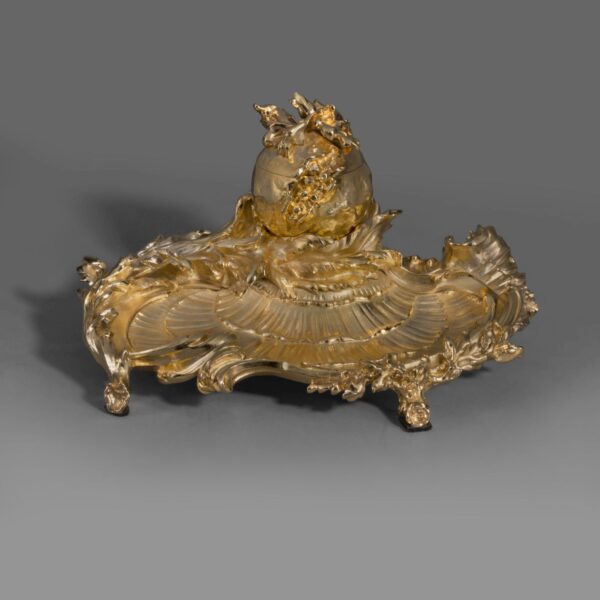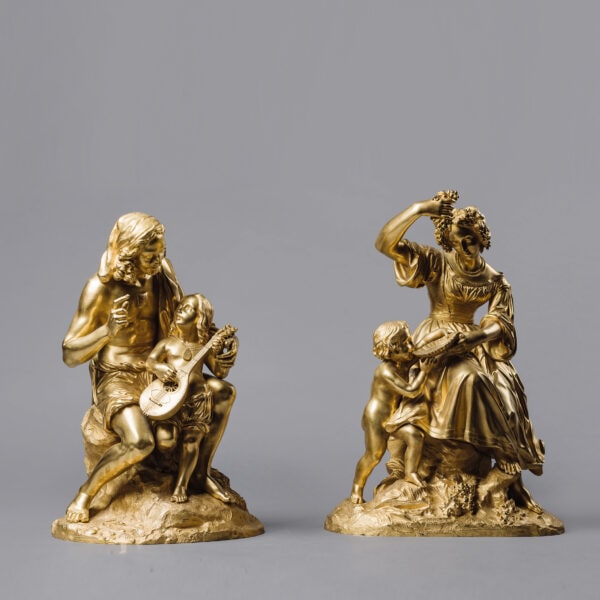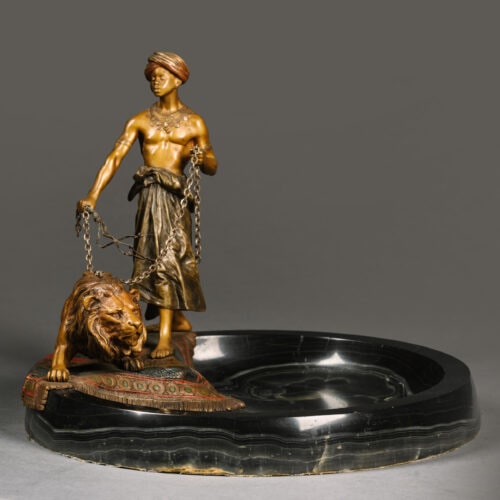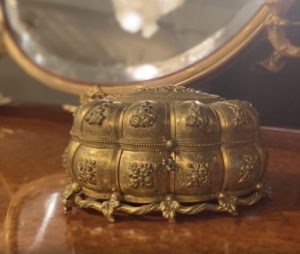Пара порфировых урн в стиле Людовика XVI
£29,000
A Pair of Louis XVI Style Gilt-Bronze Mounted Porphyry Urns of neo-classical design, each with a circular base and a triform frame with a coiled snake...
Размеры
Height: 49 cm (20 in)Width: 20 cm (8 in)
Глубина: 14 см (6 дюймов)
Описание
A Pair of Louis XVI Style Gilt-Bronze Mounted Porphyry Urns of neo-classical design, each with a circular base and a triform frame with a coiled snake in the centre. The gilt-bronze supports are cast with a satyr’s mask amidst a fruiting vine and terminate in hairy hoof feet. The urn shaped porphyry bodies have fixed covers surmounted by gilt-bronze fruiting vine finials.
Porphyry is a remarkably hard, durable rock, which in antiquity derived its name from the fact that its intense, dark red colour, speckled with white inclusions, is similar to the purple colour called purpura by the Romans. The name was extended by association to the massif where porphyry was quarried in Egypt, which the Romans called Mons Porphyrites.
The Romans began to quarry porphyry in the First Century BC, employing it in such large quantities that by the Fifth Century AD the quarries were nearly exhausted. Porphyry was used extensively for monumental elements, and it became invested with an Imperial symbolism, perhaps on account of its analogy with the purpura, which from ancient times had been the prerogative of regal dignity. The use of Porphyry was in fact limited by Diocletian to the Imperial family.
This sacred and celebrative significance was felt and appreciated in the Renaissance courts: porphyry was among the materials most sought – after by Sixteenth Century collectors. In Florence, Grand Duke Cosimo I, had a particular liking for this stone and sponsored its use in large-scale sculptural works. Given that the ability to execute large sculptural works in this arduous material had long since been lost, such works represented a remarkable technical accomplishment.
Дата
Около 1870 года
Происхождение
Франция
Средний
Porphyry
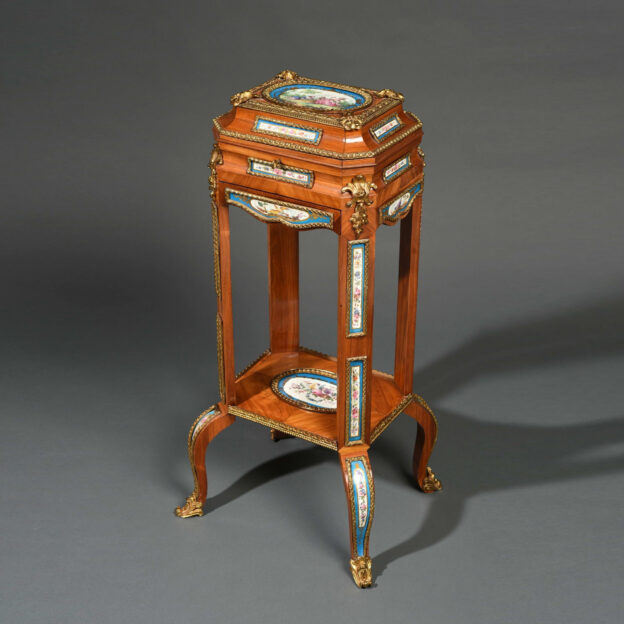




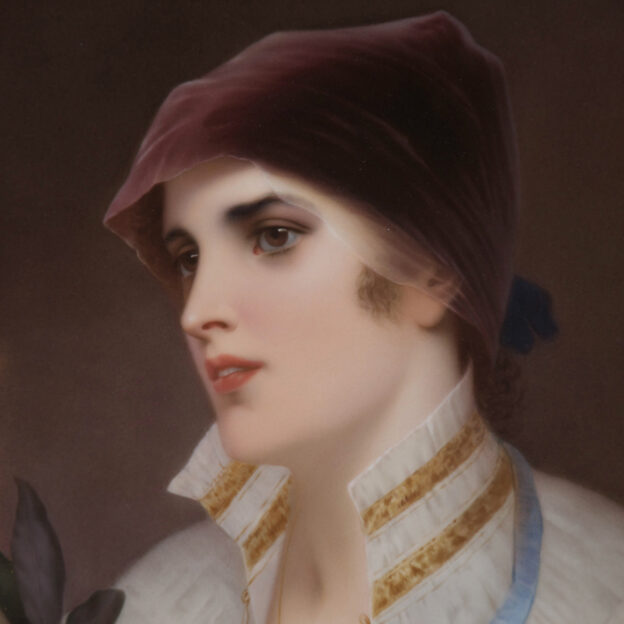

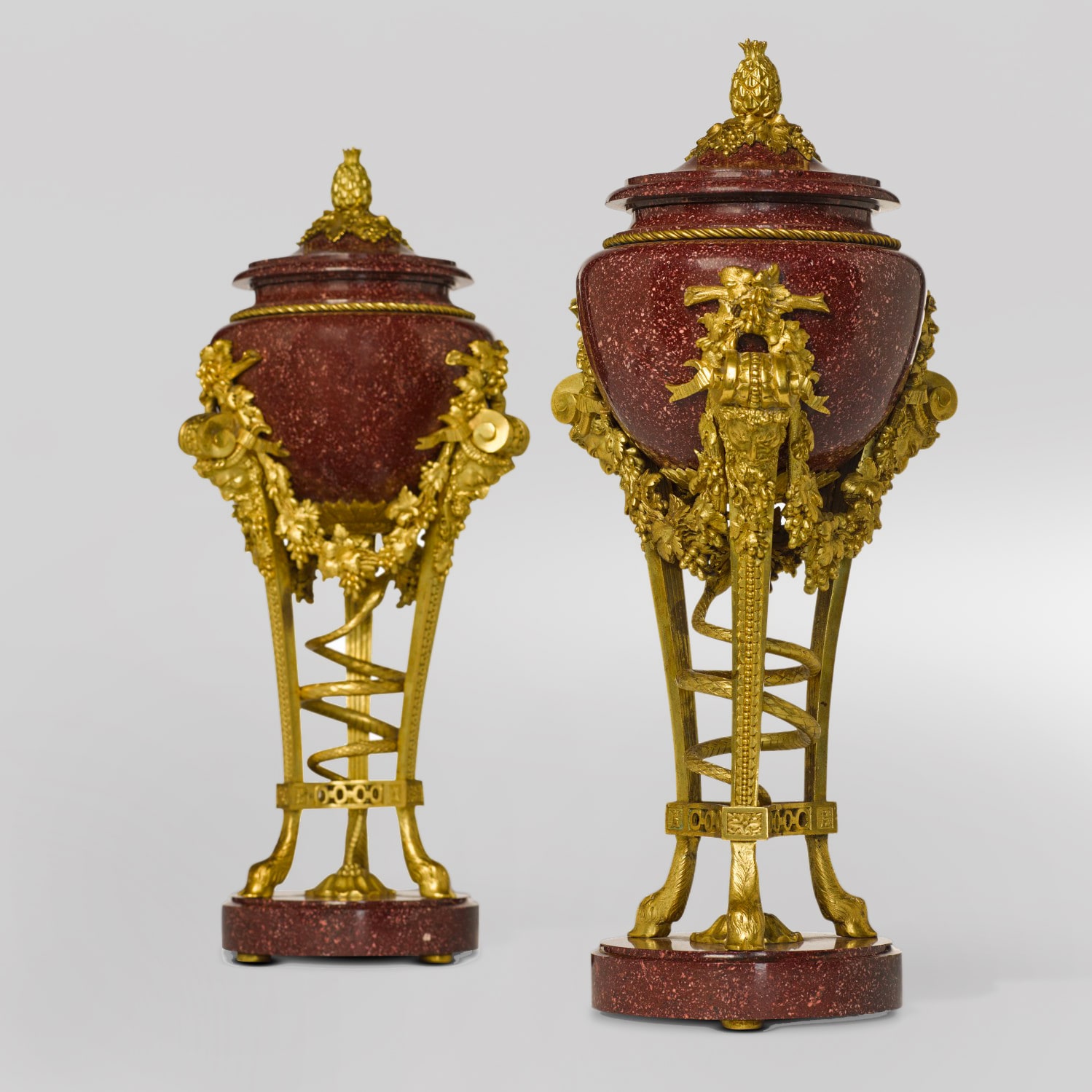

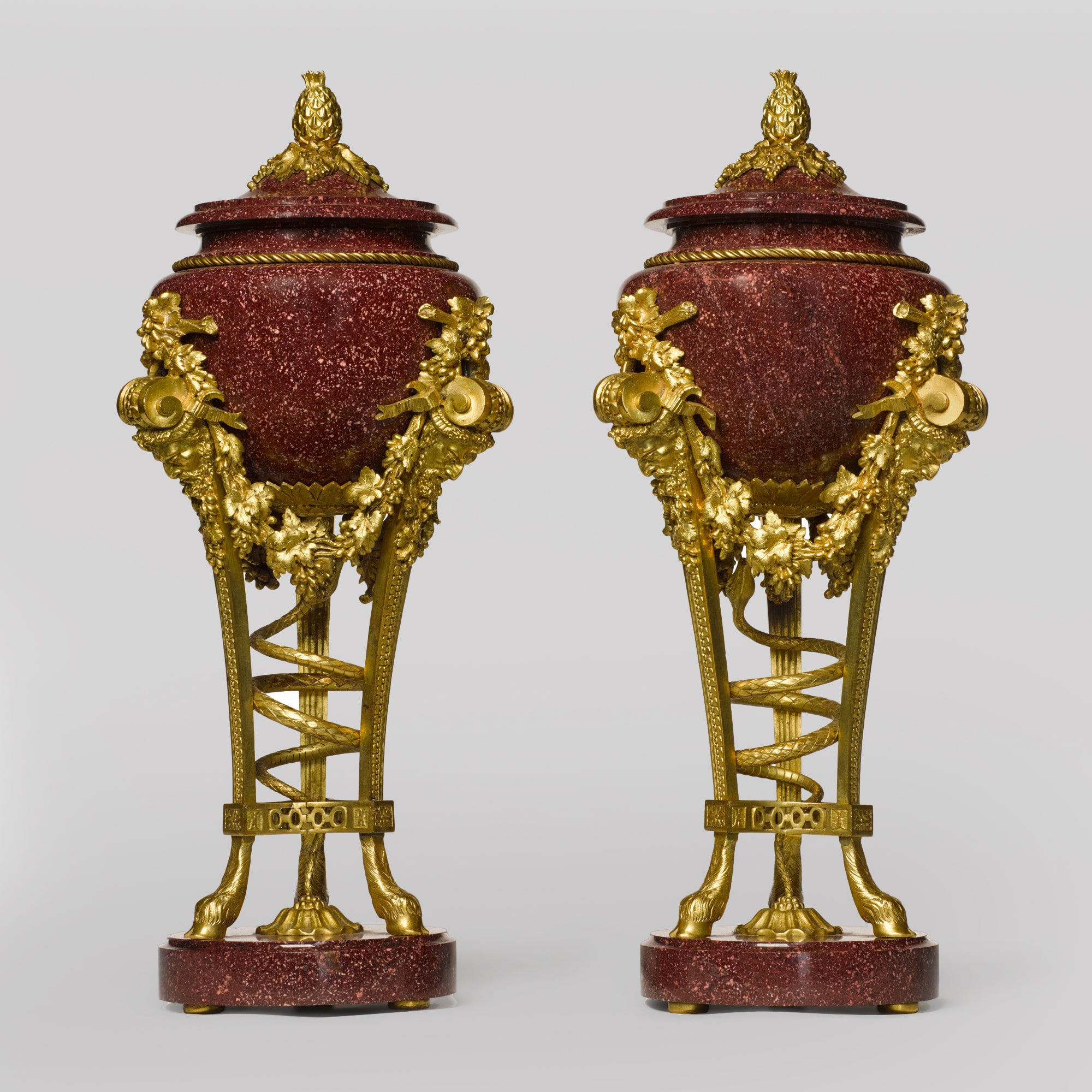
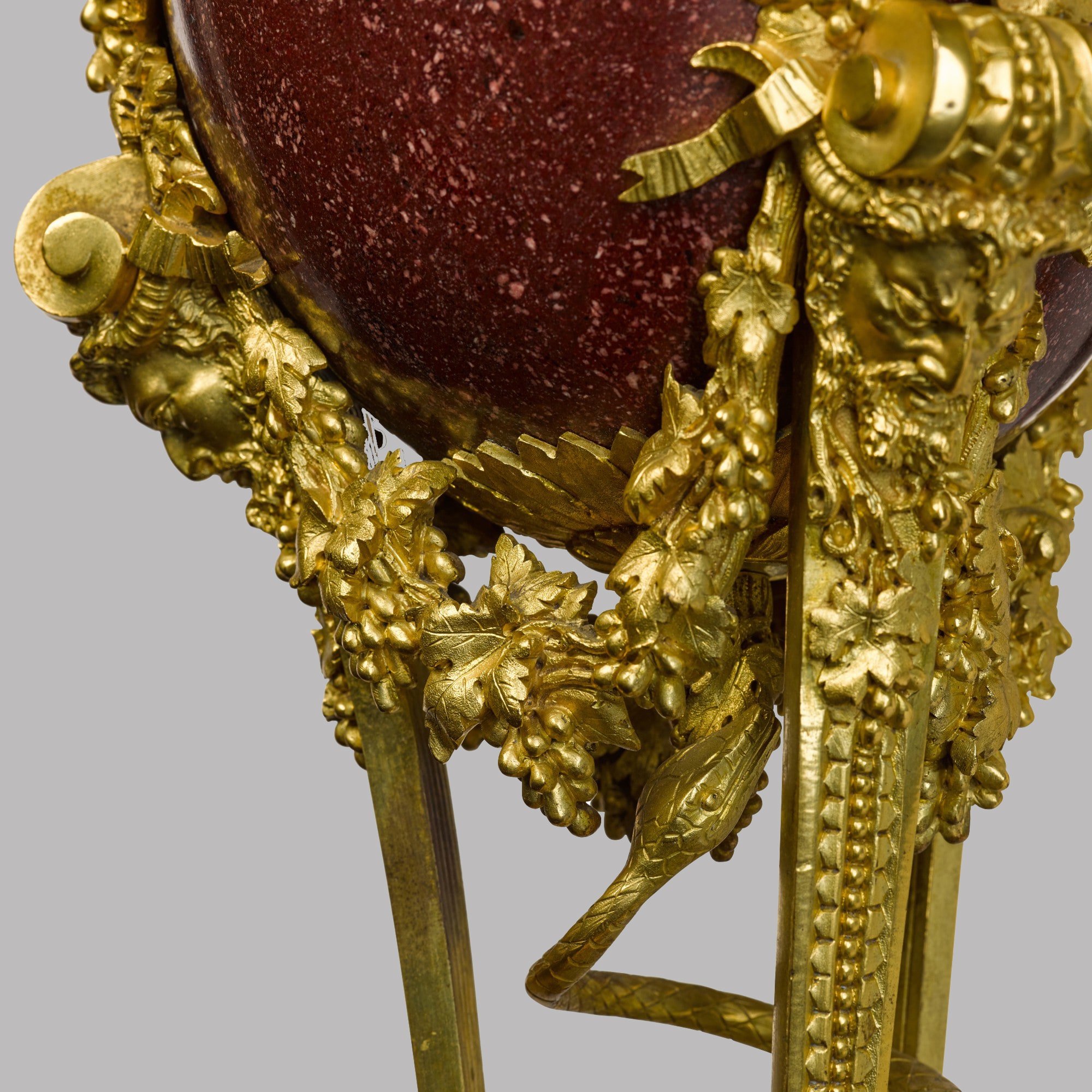
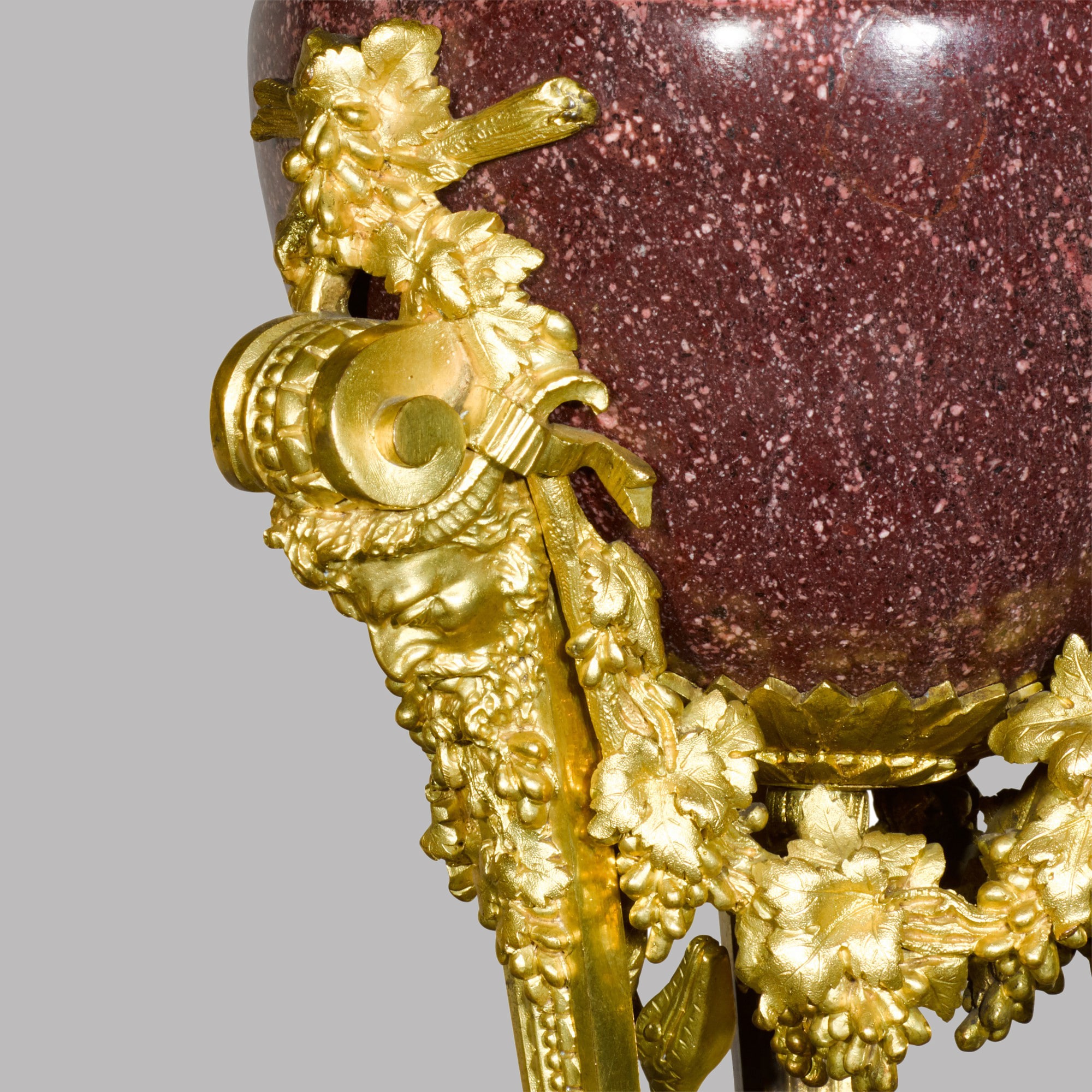
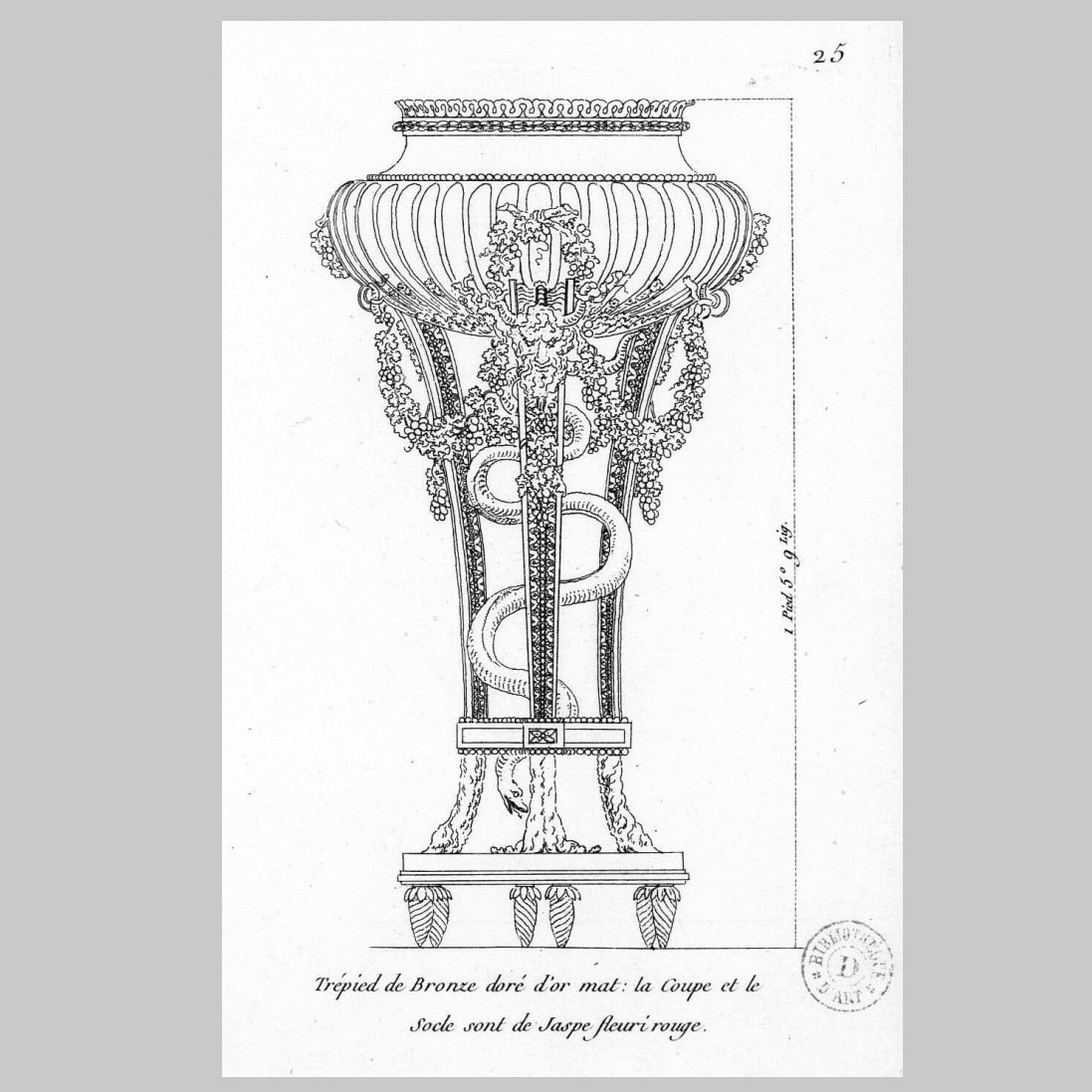

 Печать
Печать